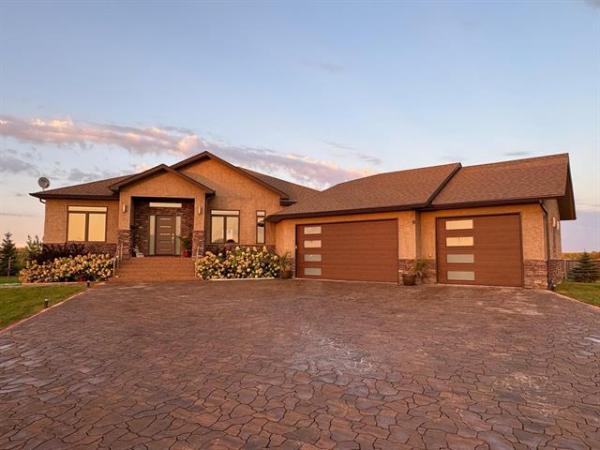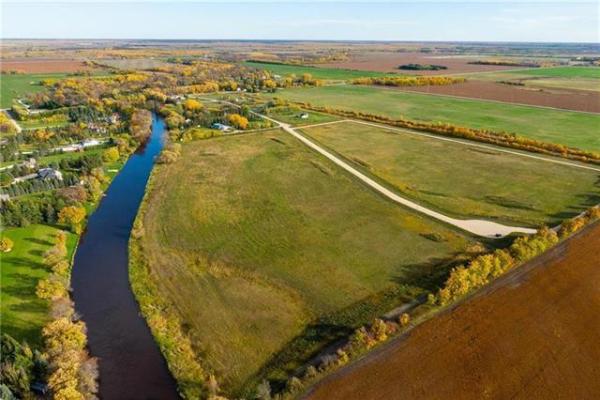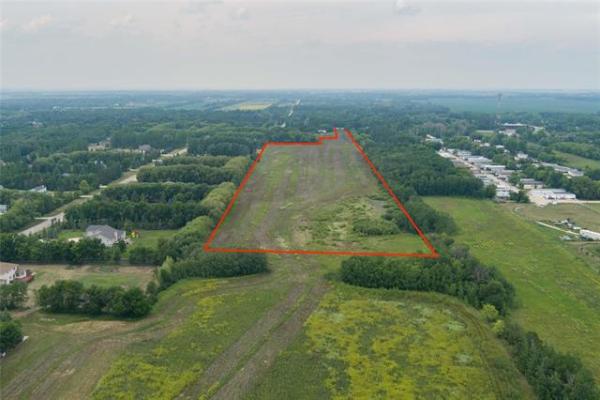There are two related questions this week, so I will try to answer them in one shot.
Question — Since this crazy spring we have had water coming into the basement, but we’re just now really dealing with it, and there is more water than we thought. It looks like there are metal nails coming through the foundation walls, small holes, and inch-long vertical cuts, where water comes through when it rains. Normally we like to try and fix things ourselves, but I don’t love the idea of playing with the foundation, and with a newborn, we’re pretty busy. I’d like to get a professional to come in and fix everything, but not one company has replied to my messages. In the meantime, what can we do to stop/slow the water and if we put some type of product in now, will that make it more difficult for the professionals later?
— K. Cline.
Question — Following the three Colorado Lows we had in a row this spring, when the ground was already saturated, we discovered that we have a hairline crack in the basement wall of our 2002 house. The crack runs vertically under a window, and is about three feet in length. It does not run all the way down to the floor. Water was seeping in through the crack. The basement walls are insulated and there is a vapour barrier, so we have no idea how long the crack has been there.
I would appreciate your advice on how best to repair the crack. Is this something I can handle myself? Would it be best to hire a professional? I believe I can handle the repair myself, once I know the proper approach to take.
Thank you for your help.
— Terry P., Gonor
Answer — Repairs to a leaking concrete foundation are rarely minor in nature and should be done by an experienced professional. Some minor interior repairs may help for an interim time, but exterior excavation and repair may be the only way to stop the water and ensure a dry basement for a long time.
Following almost a decade of very dry to drought-like conditions in our area, this year has been a complete turn around. We have gone from below average precipitation levels, especially in the summer months, to record levels of rainfall for much of the spring and early summer. The above average snow accumulations from last winter helped to initially replenish the moisture in the dry soil, but relentless spring rains caused the over saturated soil to force water through many foundations and flooded fields and yards. So, many homeowners with years of dry basements suddenly were faced with moisture related issues, like both respondents above.
For those homeowners in question, once the clay-based soil outside your foundations becomes so full of water that it can’t absorb anymore, or oversaturated, it may be able to force that water through any openings in the concrete walls. The term hydrostatic pressure is often used to describe this phenomenon, which will take advantage of any cracks, holes, or even areas where the damp-proofing is deteriorated on the exterior. In older homes, the weeping tile system that is designed to collect and re-route this excess moisture may be blocked, damaged, or simply ineffective, making the problem much worse. For all these reasons, the only complete solution is excavation of the soil on the exterior of the foundation, installation of a waterproofing membrane, replacement of the weeping tiles, and backfilling with granular material that will drain better and prevent soil pressure.
There are some interior solutions that may work if there are only a few known areas of leakage through your rusted form ties, or the single vertical crack in the second respondent’s home. Initial patching of the holes or cracks with hydraulic cement can help prevent leakage, but normally for a very limited time. This should not affect any future exterior repairs, as the foundation contractors will rarely bother with any interior patching after the outside work is complete. So, that may be something you can initially attempt, but only if there are obvious holes where the metal form ties have rusted, or very small leaking cracks. These still may have to be chipped or drilled to remove rusted metal, or make openings large enough to hold the concrete patching material.
The most successful interior repair may be injection of epoxy into the cracks or holes to block the pathway for water entry. This method has been used for several decades, with good success, especially on vertical cracks that are not structural in nature. Also, this method may also be employed for the rusted-out form tie holes in the first inquiry, but may be very time consuming and expensive if there are more than a few areas of leakage. All of the cracks or holes have to be drilled to provide a large enough opening to inject the epoxy under pressure, which is labour intensive. While I have seen this done a few times by very resourceful homeowners, it is normally a professional service, which may be almost as costly as excavation, due to the high cost of the epoxy and the time involved. So, epoxy injection is normally only employed where exterior excavation is not easily accessible, or for small areas of leakage.
Drilling small cracks and openings in leaking foundation walls, before filling with concrete patching materials or injecting epoxy, may help temporarily stop seepage during the worst storms. But that may only be a stop-gap measure until you can get a reputable foundation contractor to your home. Exterior excavation, damp-proofing, and weeping tile upgrades (if older), will be the only way to successfully prevent moisture intrusion through the foundation walls for the foreseeable future.
Ari Marantz is the owner of Trained Eye Home Inspection Ltd. and a Registered Home Inspector (RHI)(cahpi.ca). Questions can be emailed to the address below. Ari can be reached at 204-291-5358 or check out his website at trainedeye.ca.
trainedeye@iname.com



